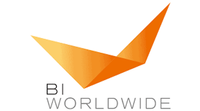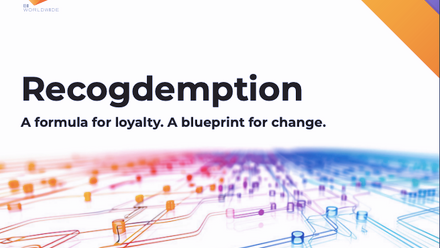A strategic approach to attracting, recruiting and retaining employees
Attracting, recruiting, and retaining the right employees is a key priority for businesses looking to remain competitive.
One pivotal moment that impacts these efforts is Decision Day; the moment when prospective employees seriously consider whether they can envision themselves thriving within an organisation.
Influencing this critical decision is essential for securing long-term talent and fostering a positive and healthy workplace culture.
Businesses have the power to improve their hiring practices and long-term employee satisfaction by refining their recruitment strategies and adapting to the changing values of job seekers.
Here are three ways to secure and retain top talent:
1. Realigning skills and values to match evolving roles
To remain competitive in attracting the right talent, companies must reassess the skills, competencies, and values required for each position.
This proactive approach allows businesses to align their recruitment efforts with both current organisational needs and broader market trends.
For instance, revaluating sales team performance based on customer feedback could inform new sets of competencies that predict performance more effectively than a previous model.
Vital insights like these help businesses to not only redefine the qualifications needed for certain positions but also identify what prospective employees value most such as flexible working hours, career growth opportunities, or a clear sense of company purpose.
When organisations revaluate roles in line with a dynamic workforce, they are better positioned to attract top talent and engage employees who are more likely to stay longer.
This approach requires careful consideration of the recruitment process and an honest evaluation of whether current practices align with these new demands.
2. Helping applicants envision their fit within the organisation
Prospective employees want to know that the role is a good fit for their skills, interests and aspirations.
Employers want candidates who are well-suited to the job and likely to perform at a high level.
To achieve this, companies need to be transparent about the expectations of the role and clearly define the skills required.
One key finding from research conducted by BI WORLDWIDE revealed that a third of employees who had recently taken up a new role felt uncertain about whether they were truly suited for the position.
Those who felt disconnected were often less motivated and less engaged in their work.
These findings suggest that organisations must take extra steps to help potential hires see how they fit within the role.
By describing the job more accurately and highlighting its alignment with the applicant’s interests, employers can not only reduce turnover but also boost productivity and engagement levels.
3. Showcasing the unique selling points of the business
Just as product marketers highlight a product’s unique features to attract customers, employers must ‘sell’ their workplace to potential hires.
In an increasingly competitive job market, showcasing what makes your company stand out is vital.
Many employees consider factors beyond salary when deciding where to work, including organisational culture, career development opportunities, and work-life balance.
Employers who can effectively communicate these elements will attract candidates who are both qualified and passionate about contributing to the company’s growth.
Developing a compelling narrative about the organisation’s values, culture, and long-term vision can help to connect with prospective hires and reflect what makes the workplace a truly unique place to work.
For instance, consulting with employees and customers about what sets your organisation apart can uncover powerful messages that will help shape the employer brand.
When employees feel connected to a company’s vision and values, they are more likely to be engaged and committed to their roles.
What next after talent is secured?
Attracting, recruiting, and retaining the right talent requires a strategy that extends beyond offering competitive salaries.
Revaluating job roles with current market trends in mind, helping applicants envision their fit, and showcasing what makes your company stand out, all help to cultivate a workforce that is both talented and motivated to contribute to the success of the business.
However, attracting, recruiting, selecting and retaining the right talent doesn’t stop there. Consider these additional strategies:
- Start employee orientation earlier: Introduce onboarding activities before the official start date to ease the transition
- Actively engage and communicate with both current and prospective employees: Maintain regular communication to strengthen relationships and trust
- Expand your candidate pool to increase hiring opportunities: Broaden sourcing efforts to reach more diverse and qualified talent
- Evaluate and address bias in your hiring practices: Review recruitment processes to ensure fairness and inclusivity
- Empower everyone on your payroll to act as a recruiter: Encourage employee referrals to tap into trusted networks
- Align with the evolving values of today’s job seekers: Showcase your company’s purpose, culture, and impact to attract modern talent
- Cultivate and nurture an inspiring workplace culture: Create an environment where employees feel valued, supported, and motivated.
To discover BI WORLDWIDE’s complete framework for attracting, recruiting and retaining top talent, click here for more.
Supplied by REBA Associate Member, BI WORLDWIDE
BI WORLDWIDE is a global engagement agency delivering measurable results for clients through inspirational employee and channel reward and recognition solutions.








